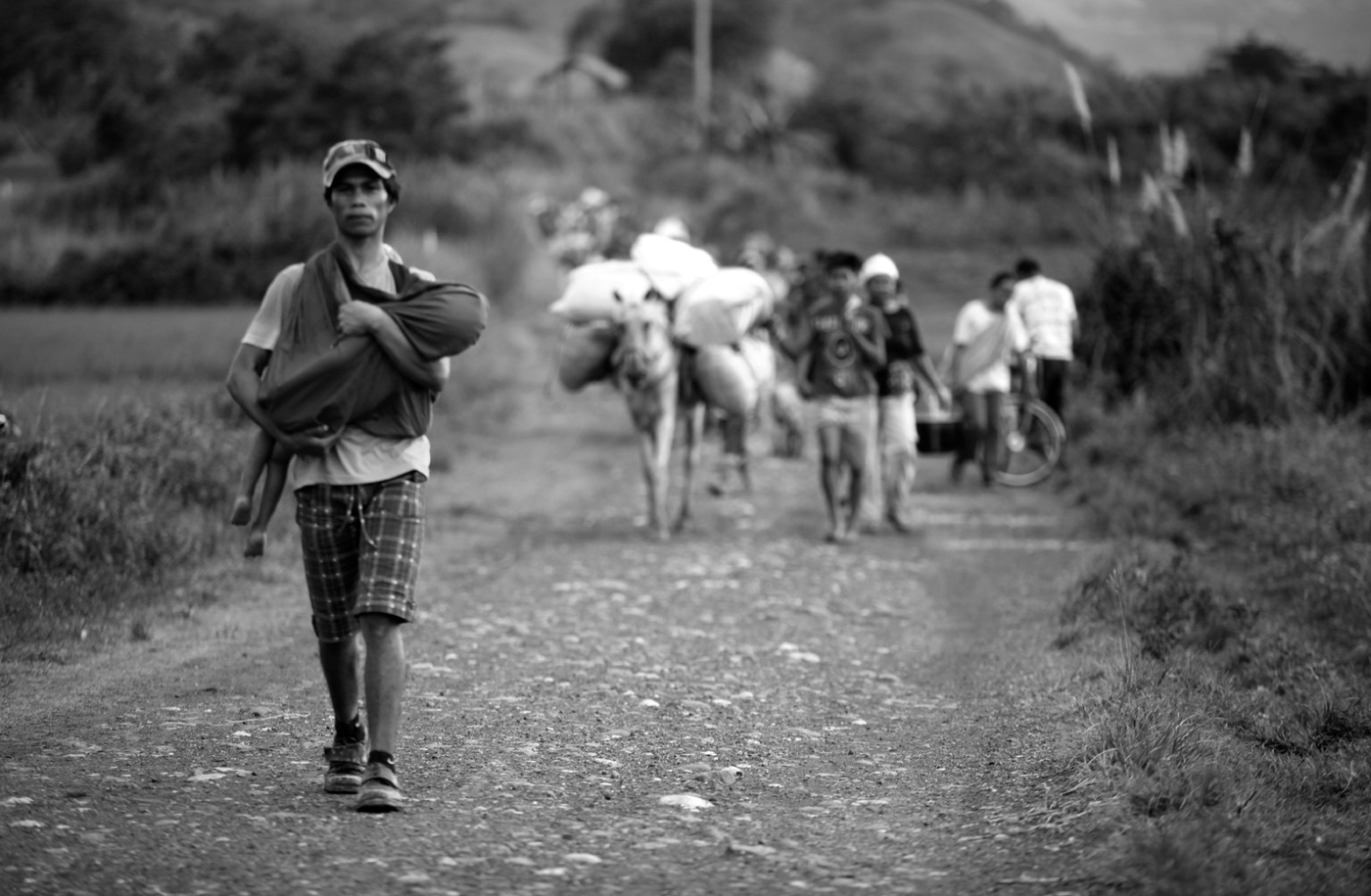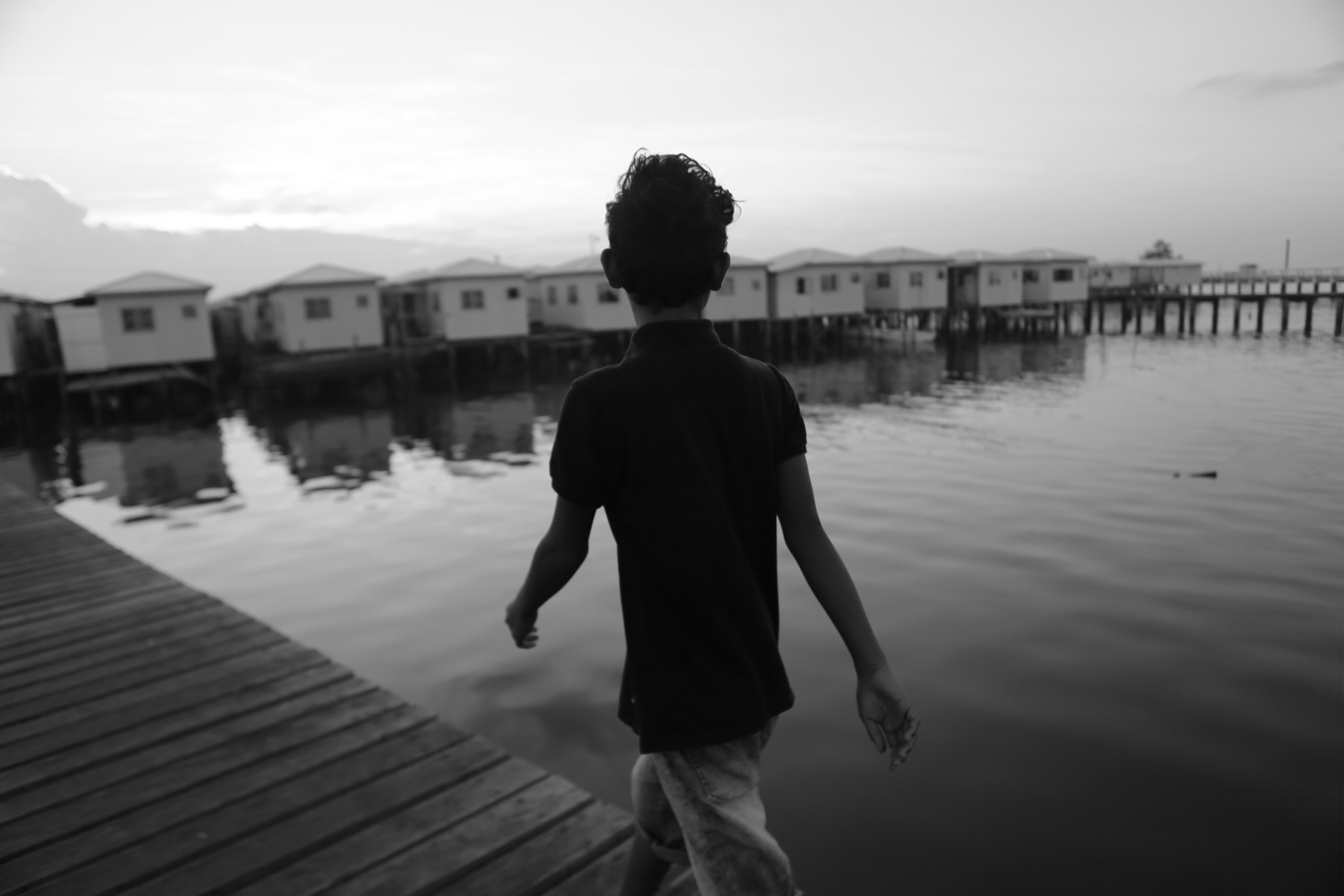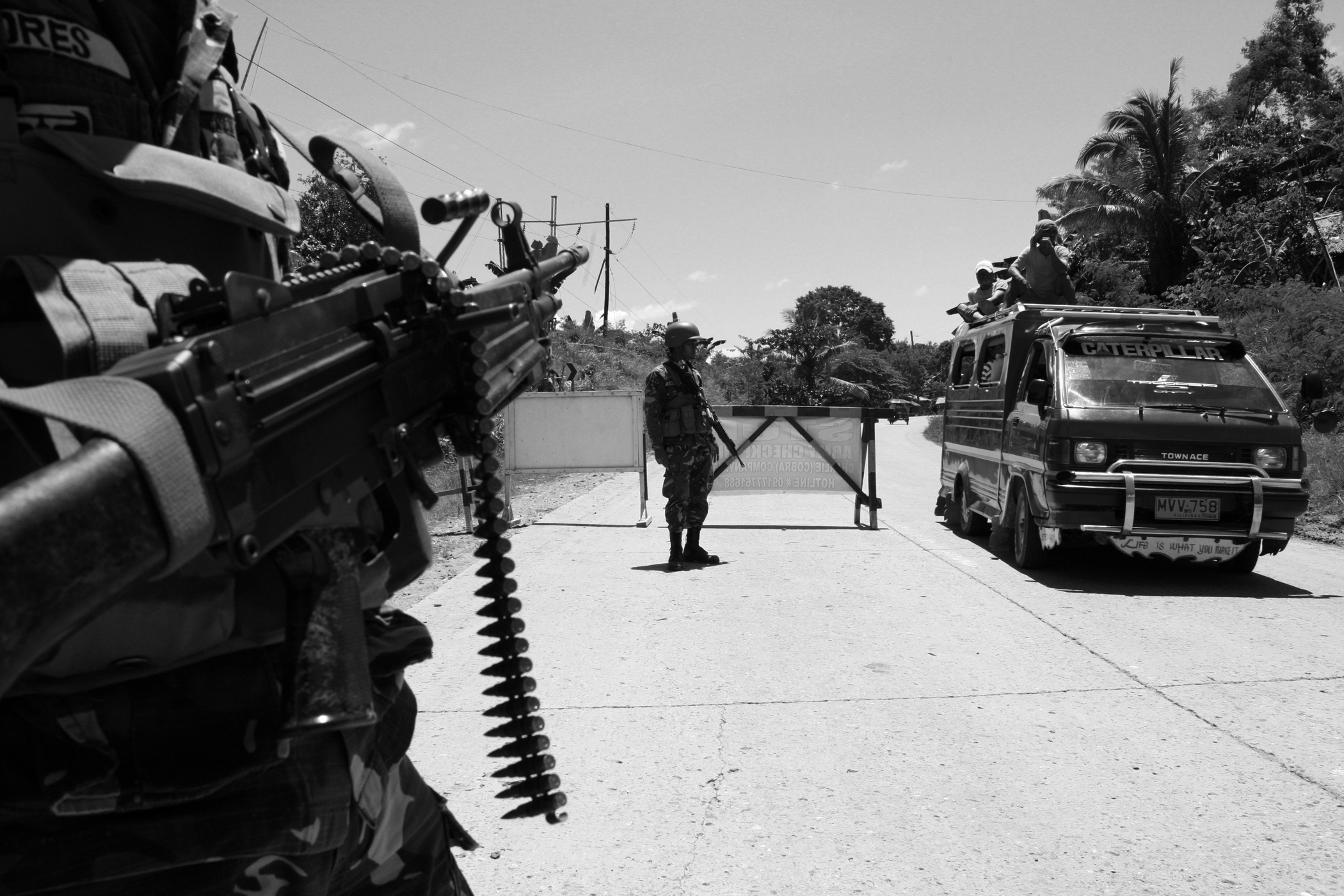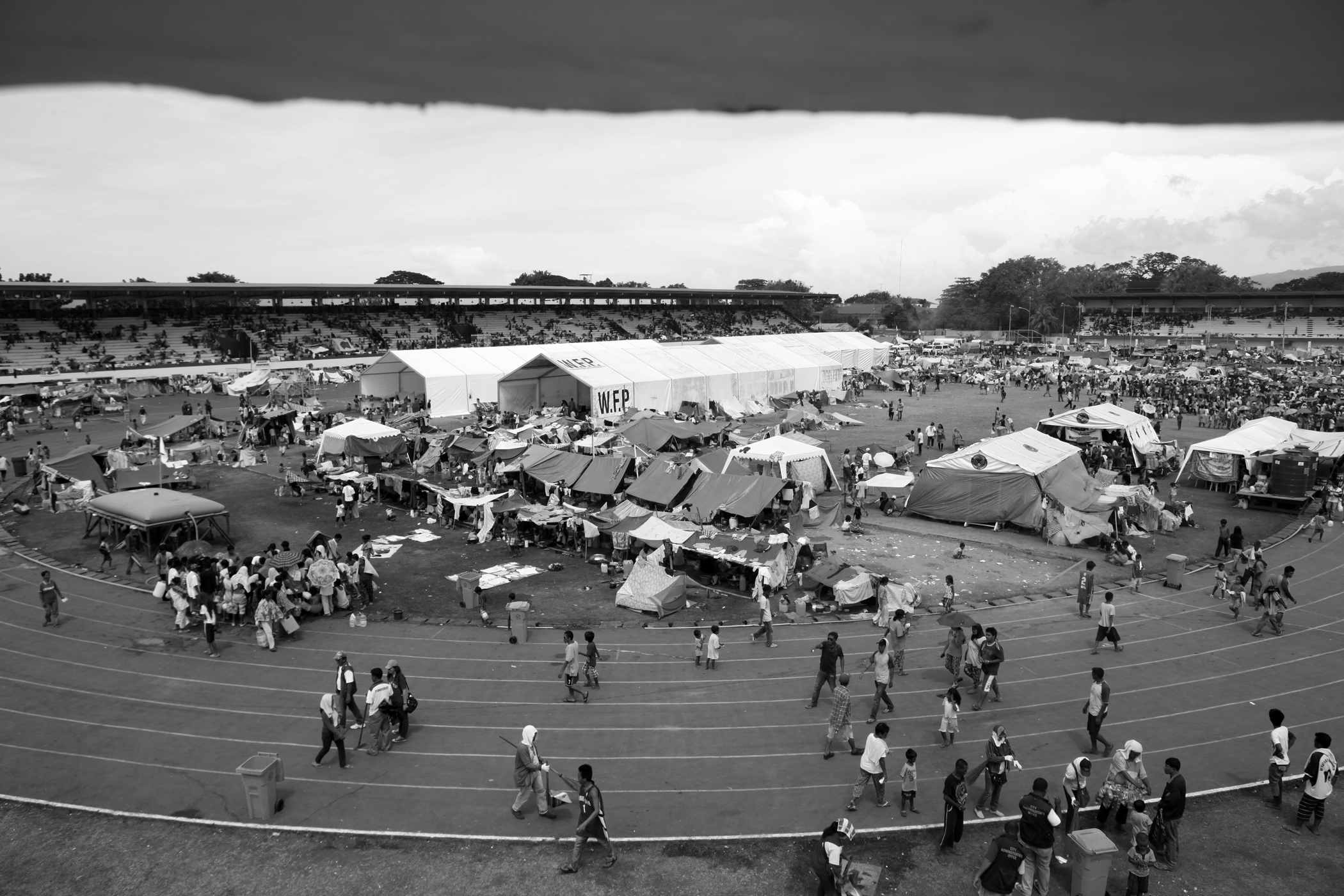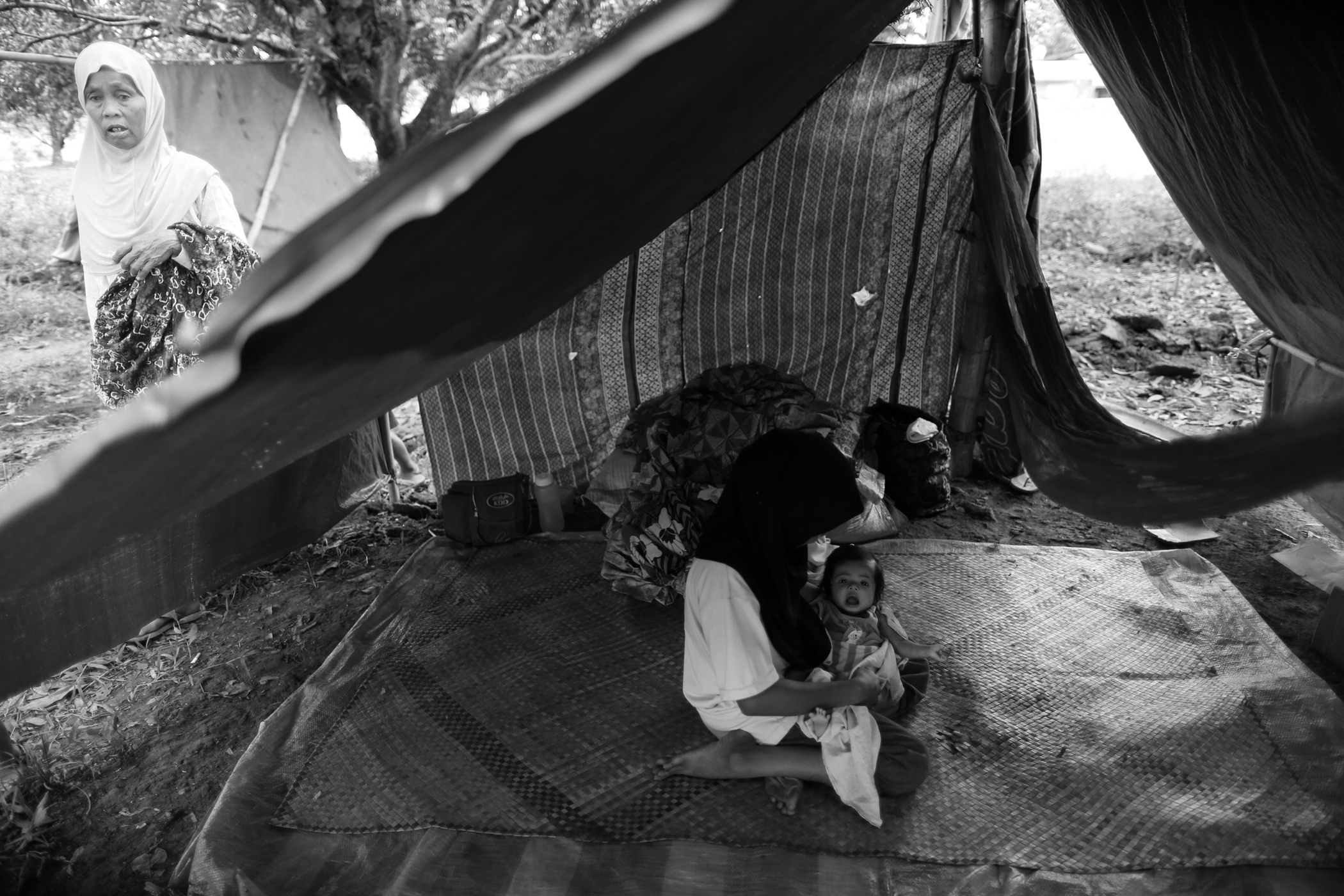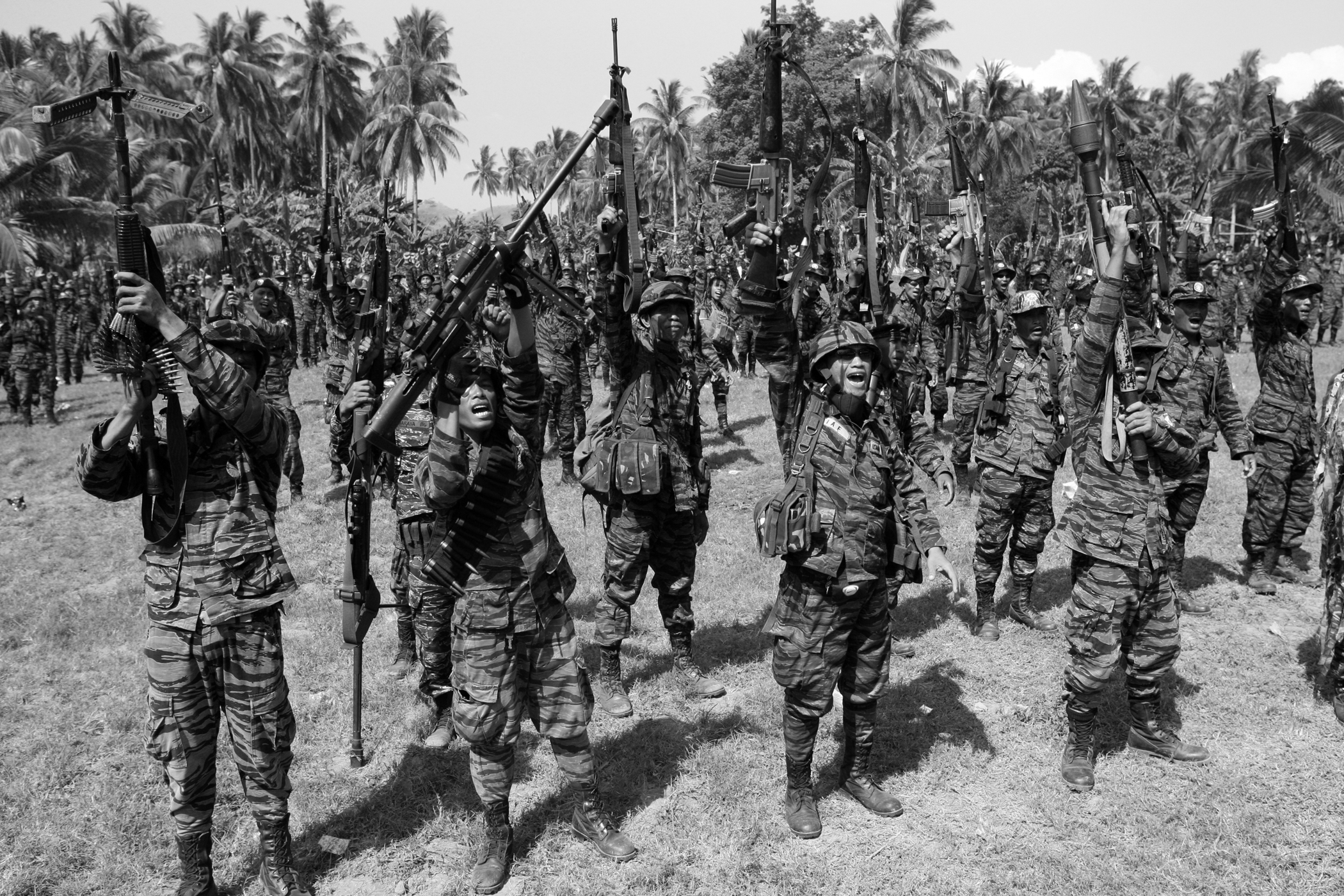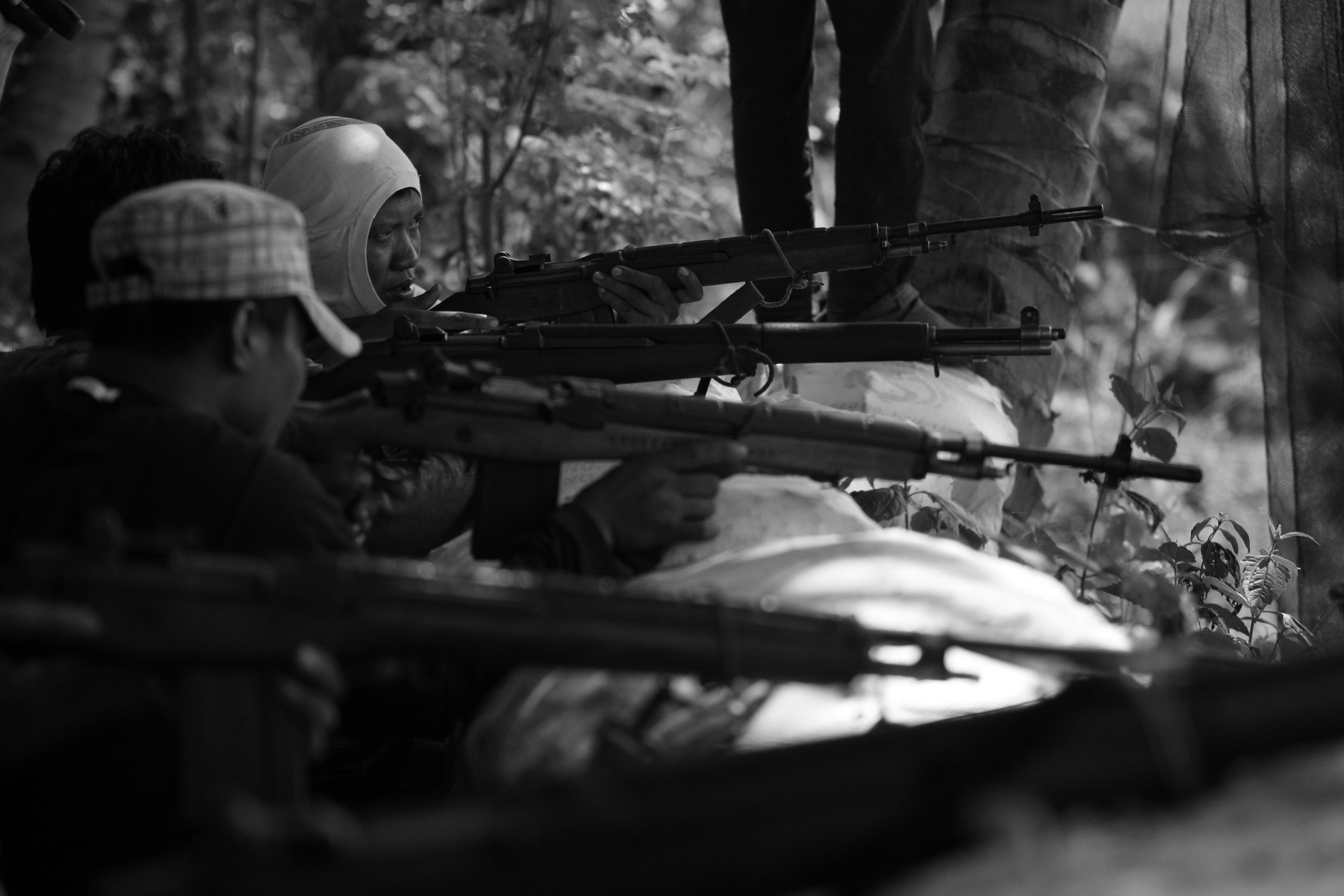Inside Promise Land

-
PhotographerJeoffrey Maitem
Mindanao, an Island in the Philippines known as promise land, have been undergoing hostilities as inhabitants fought for self-determination for more than 40 years. From the records of the Internal Displacement Monitoring Centre, the conflict has killed tens of thousands of people and, since 2000, displaced 3.5 million people. However, after 17 years of violence-interrupted talks, the central government and the the Moro Islamic Liberation Front (MILF) – agreed to finally end end the conflict. They signed a final peace deal in March 2014. The agreement guarantees rights of both Muslims and non-Muslims, unlike a failed 2008 peace deal that was struck down by the Supreme Court as unconstitutional. But despite the agreement, on and off fighting remains. Worse, another rebel group was formed. The Bangsamoro islamic Freedom Fighters broke away from the MILF in 2008 and has vowed to continue the uprising, claiming that the Malaysian-brokered talks would not lead to a separate Bangsamoro homeland in Mindanao. Due to attacks perpetrated by the BIFF, the Ilaga, a Christian group known for its bloody attacks and human rights abuses in Mindanao in the 1970s, resurfaced. The group said they would defend not only the rights of Christians and lumad (indigenous peoples), but also of Muslims displaced by the attacks of MILF rebels in Central Mindanao. The Ilaga, who were tapped to battle the Moro National Liberation Front, were accused of atrocities against Muslim communities, the bloodiest of which was in June 1971, when 65 men, women and children were massacred in a mosque in Barangay (village) Manili in Carmen, North Cotabato.  The security situation in the promise land is complicated because of other active armed groups. The Mindanao region is a melting pot of breakaway rebel groups, pan-Asian militant Islamist groups and communist rebels rubbing shoulders with mercenary kidnap groups and clan militias. The presence of the army and so many armed factions often fans the fires of traditional family feuds, leading to clan-based violence on Mindanao. Both the army and rebel groups have been drawn on several occasions into clan confrontations, which have displaced thousands. Mindanao is also prey to groups known as "lost commands" - former military or insurgent units who are no longer under the control of their superiors and live off banditry and kidnapping. Two of the most notorious are the Pentagon Gang and Abu Sofia. The Moro National Liberation Front is another rebel organisation that signed a deal with Manila ahead of the MILF but they are complaining majority of their agreements were not met by the government. Regular eruptions of violence have forced hundreds of thousands of residents from their homes. Many return fairly quickly, only to be displaced again. Various conflicts in Mindanao have displaced millions of people since 1970. The numbers of displaced peaked in 2008, when an estimated 600,000 people were forced from their homes, making the Philippines the country with the highest number of newly displaced that year.
